Pope Francis appealed for peace in Ukraine on May 4, a Sunday. Speaking to the faithful gathered in St. Peter’s Square for the midday Regina Coeli prayer (which replaces the Angelus at Eastertide), the Holy Father said, “I would like to invite you to entrust to Our Lady the situation in Ukraine, where tensions continue unabated.” The Holy Father went on to say, “I pray with you for the victims of recent days, asking that the Lord instill sentiments of peacemaking and brotherhood in the hearts of everyone.”
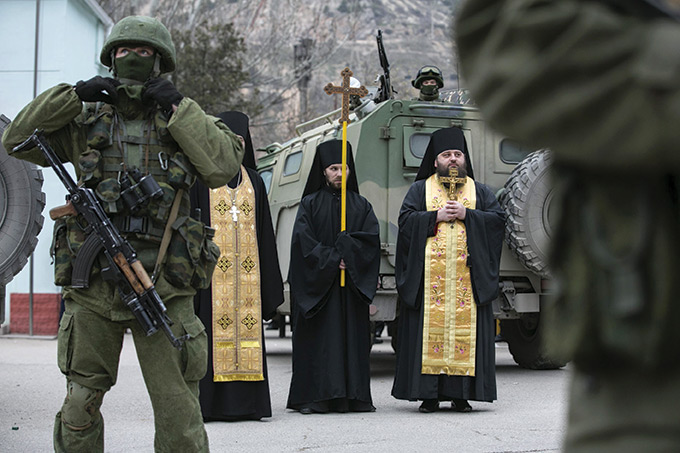
Orthodox clergyman pray near Russian army vehicles outside a Ukrainian border guard post in Ukraine’s Crimean region on March 1st.
The situation in Ukraine continues to change rapidly, and violence seems to be on the rise. On the night between May 2 and May 3, at least 42 people were killed following a street battle between supporters and opponents of Russia in Odessa, in southern Ukraine. The battle ended with dozens of pro-Russian protesters evidently incinerated (some reports suggest they were shot, then partially burned after they were dead) inside a government building where a number of rooms were set on fire. The incident sparked outrage throughout Russia.
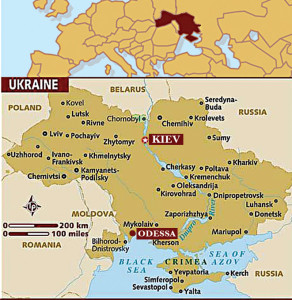
Maps of Ukraine showing the location of Odessa in the far south of the country. With the return of Crimea to Russia, Odessa is the only major port Ukraine still has.
Also, pro-Russian rebels in the east freed seven European military observers on Saturday, May 3, after holding them hostage for eight days, while Kiev pressed on with its biggest military operation so far to reclaim rebel-held territory in the area.
The early May riot in the Black Sea port of Odessa, ending in a deadly blaze in a besieged trade union building, was by far the worst incident in Ukraine since a February uprising that ended with a pro-Russian president fleeing the country.
In response to the tragic deaths, a couple of hundred pro-Russian protesters in the eastern city of Donetsk stormed the governor’s business premises and the state security headquarters, ransacking files and smashing windows. The attack reflected growing disorder in the area, targeting as it did a security building that had already been brought under rebel control. “This is for yesterday!” Tatiana Kamniva said outside the Donetsk governor’s office. “They’re monsters, worse than monsters.”
The Odessa clashes spread the violence from the eastern separatist heartland to an area far from the Russian frontier, raising the prospect of unrest sweeping more broadly across a country the size of France with a population of around 45 million people. The Kremlin, which has massed tens of thousands of soldiers on Ukraine’s eastern border and proclaims the right to invade to protect Russian speakers, said the government in Kiev and its Western backers were responsible for the Odessa deaths.
But Kiev claimed the violence was provoked by foreign demonstrators sent in from Transnistria, a nearby breakaway pro-Russian part of Moldova where Moscow has a military garrison. It said most of the dead who had been identified so far were from there.
On May 3, people placed flowers near the burnt-out doors of the trade union building, lighting candles and putting up the yellow, white and red flag of the city. About 2,000 pro-Russian protesters outside the burnt-out building chanted, “Odessa is a Russian city.”
What exactly happened and who was responsible remains unclear.
Events took a violent turn on Friday afternoon when a column of soccer supporters, chanting support for Ukraine’s leaders, clashed with men in black, some firing pistols. Television pictures suggested that Ukrainian police were caught between the two sides.
Clashes then spread along the streets until rebels moved into a large trade union building. Petrol bombs were thrown into the building, and shots were fired, though the precise order of the events, and who precisely was firing and who throwing the petrol bombs, remained unclear on Saturday.
Oleg Konstantinov, a journalist covering the events for a local Internet site, said bullets had flown in the melee before the blaze. “I was hit in the arm, then I started crawling, and then got hit in the back and leg,” he told reporters.

Protesters warm themselves near a fire during a rally in Independence Square in Kiev, Ukraine, Dec. 16.
The Odessa bloodshed came on the same day that Kiev launched its biggest push yet to reassert its control over separatist areas in the east, hundreds of kilometers away, where armed pro-Russian rebels have proclaimed a “People’s Republic of Donetsk.”
The Donetsk region held a referendum on May 11 on whether to secede from Ukraine and join Russia, similar to a vote taken in March in Ukraine’s Crimea region, which voted to unite with Russia in a move that seemed to overturn the post-Cold War diplomatic order in place since 1991. In early May, Russian President Vladimir Putin made a surprising call for the referendum in Donetsk to be postponed, but the vote went ahead as planned. Voting results were not available as of press time.
“Not Stopping”
In early May, the Ukrainian government said it was pressing on with the anti-rebel offensive in Kramatorsk, a town near the rebel stronghold of Slaviansk. Health authorities said six people were killed in fighting. “We are not stopping,” Interior Minister Arsen Avakov said in a post on Facebook. The Donetsk region administration said snipers were shooting from rooftops in Kramatorsk, shops were closing and there was an atmosphere of panic. Vasyl Krutov, head of a government “anti-terrorist center” behind the operation in the east, told a news conference: “What we are facing in the Donetsk region and in the eastern regions is not just some kind of short-lived uprising, it is in fact a war.”
The military operation in the east was overshadowed by the unprecedented violence in Odessa, a vibrant multi-ethnic port city that has seen some support for separatists but nothing like the riots that erupted on May 2.
When police raised the death toll in the city to 42, it became the biggest toll since about 100 people were killed in the Kiev protests that toppled pro-Russian President Viktor Yanukovich in mid-February.
From the perspective of Russia, “Kiev and its Western sponsors are practically provoking the bloodshed and bear direct responsibility for it,” RIA Novosti quoted Kremlin spokesman Dmitry Peskov as telling reporters. But in Kiev, the Interior Ministry blamed the pro-Russian protesters, saying they had attacked the pro-Ukrainians before retreating to the trade union headquarters, and that from there they had opened fire on the crowd and threw out the petrol bombs that caused the blaze.
Odessa is located in the southwest of Ukraine, far from the eastern areas held by the rebels and far from the Russian frontier where Moscow has amassed forces. But it is close to Moldova’s Transnistria region, where Russia also has troops. The spread of violence to Odessa expands the zone of unrest across the breadth of southern and eastern Ukraine.
“Today we Ukrainians are constantly being pushed into confrontation, into civil conflict, toward the destruction of our country to its heart. We cannot allow this to happen,” acting President Oleksander Turchinov said in early May.

Observers of the Organization for Security and Cooperation in Europe (OSCE) held hostage in eastern Ukraine by pro-Russian groups at the end of April. They were released in early May.
Birthday Guests
The release in early May of the military monitors from the Organization for Security and Cooperation in Europe (OSCE) resolves a major diplomatic issue for the West.
Moscow said the release showed the “bravery and humanism” of the rebels defending Slaviansk. Western officials, including U.S. Secretary of State John Kerry and Germany’s Foreign Minister Frank-Walter Steinmeier, welcomed the release but said Russia should still do more to help de-escalate the crisis.
The separatists had captured the monitor team on April 25 and described them as prisoners of war. One Swede was freed earlier on health grounds while four Germans, a Czech, a Dane and a Pole were held until May 3.
The separatist leader in Slaviansk, self-proclaimed “people’s mayor” Vyacheslav Ponomaryov, said they were freed along with five Ukrainian captives, with no conditions.
“As I promised them, we celebrated my birthday yesterday and they left,” he said. “As I said, they were my guests.”
The OSCE team’s leader, German Colonel Axel Schneider, speaking on the road out of Slaviansk after being freed, said: “You can imagine, it’s a big relief. The situation was really tough. The last two nights when you see what was going on, every minute gets longer.”
Western countries accuse Russia of stoking the separatism and fear Moscow could be planning to repeat the absorption of Crimea in other parts of Ukraine. Russia denies it has such plans, while saying it could intervene if necessary to protect Russian speakers, a new doctrine unveiled by President Vladimir Putin in March that overturned decades of post-Soviet diplomacy.
The West has said it will not use military force to protect Ukraine but will rely on economic sanctions against Moscow to, in the words of U.S. President Barack Obama, change Putin’s “calculus.”
A year ago, on March 15, two days after Pope Francis was elected Pope, the former head of the Ukrainian Greek Catholic Church (UGCC), Cardinal Lubomyr Husar, noting the easy-going nature of the newly elected Pope, said he thought Francis might someday visit Ukraine. “As far as I know, this is a man without pretensions,” Husar said then. “He is judicious, pious and easy-going. In today’s world these are very necessary qualities.” The cardinal said a papal visit to Ukraine could not be ruled out because Francis had maintained good relations with Ukrainian Bishop Stepan Chmil. “The current Pope has an understanding of Ukraine, and I think we can hope that he will visit Ukraine,” Husar said. Now, with the threat of bloodshed and civil war growing more serious, a visit by the Pope would seem impossible. But what might not be impossible would be a greater role for religious leaders in helping to work out a non-violent solution to the increasing violence in Ukraine.

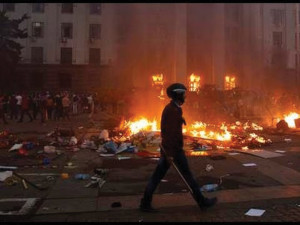
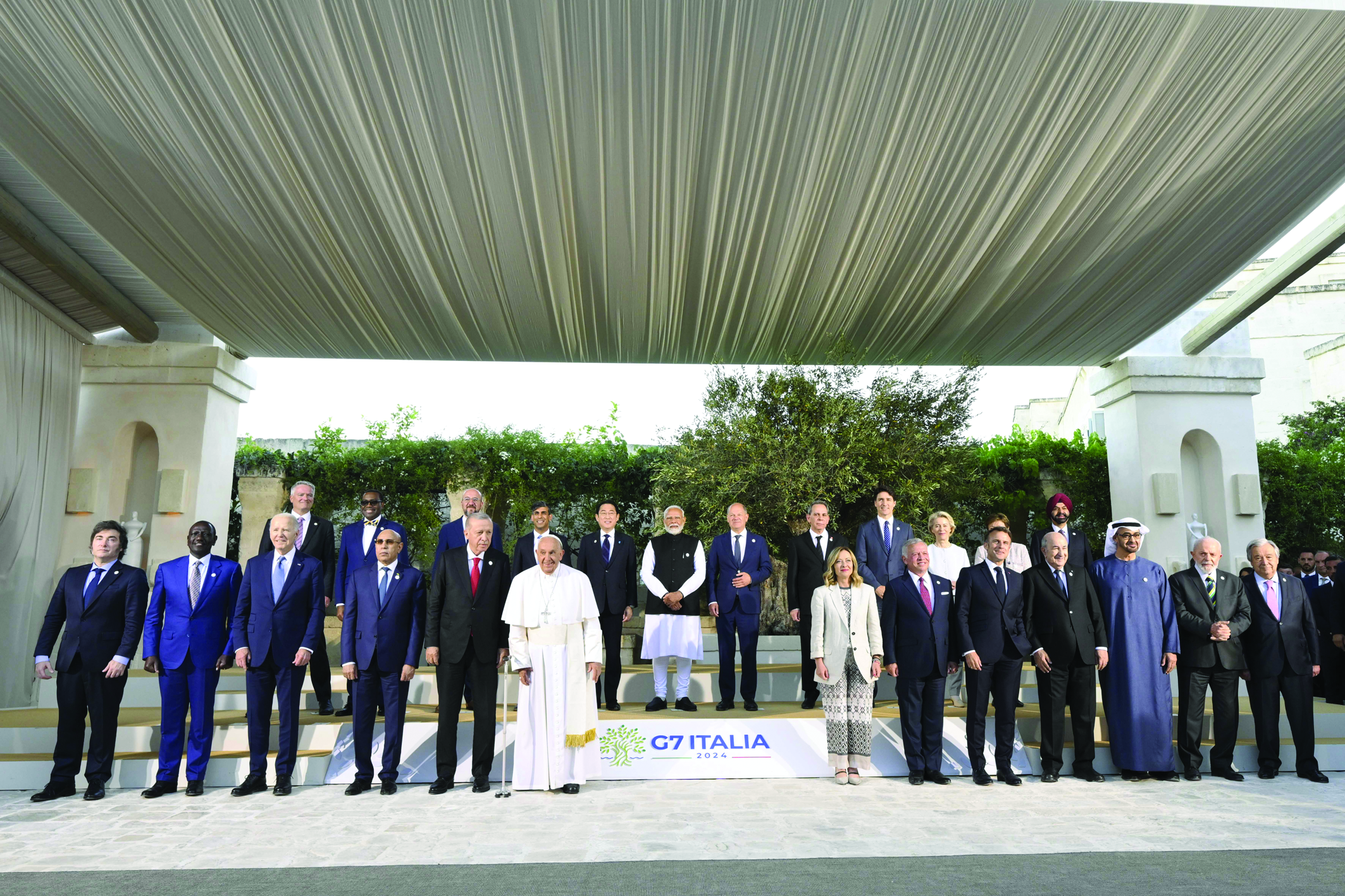
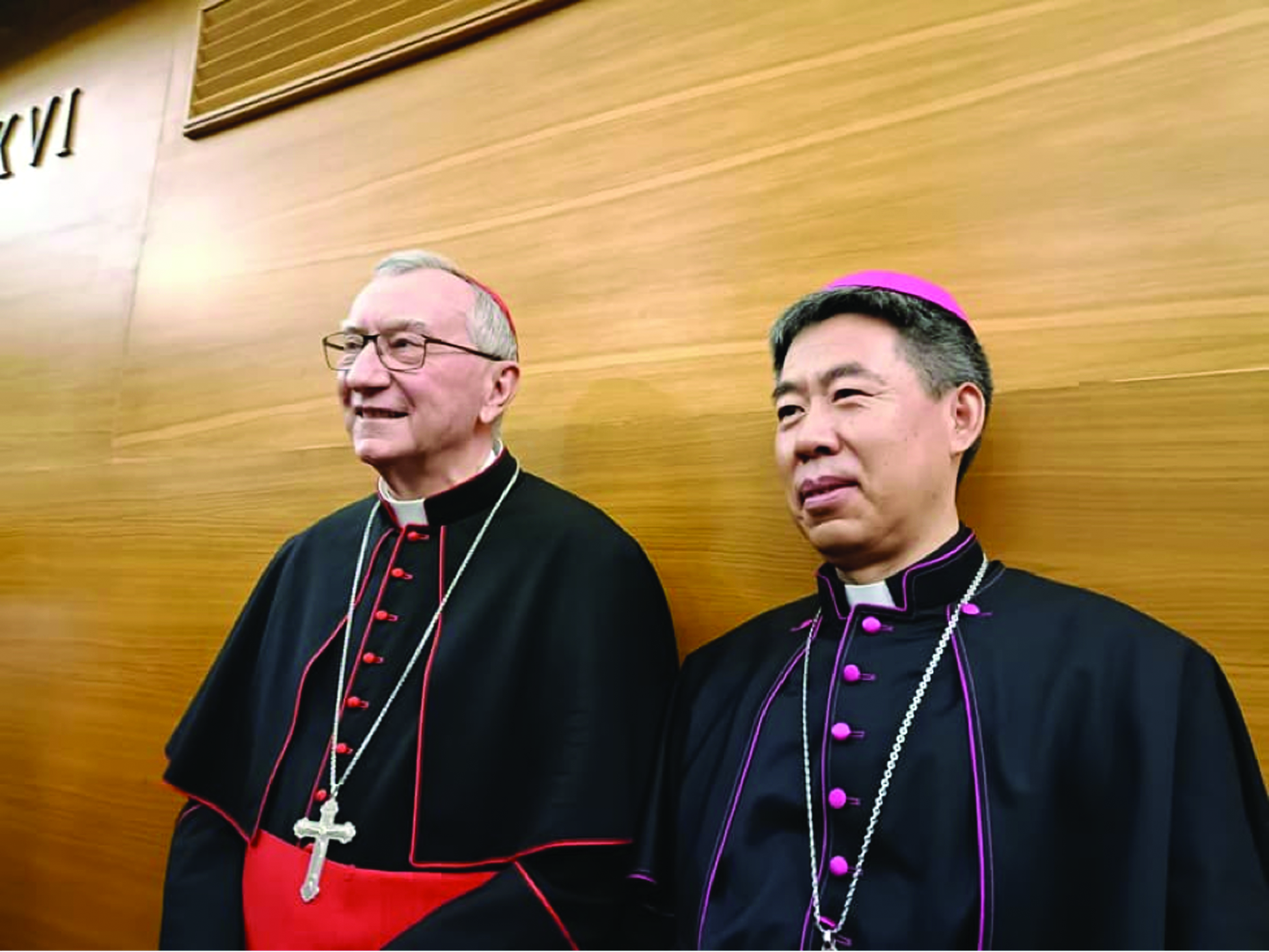
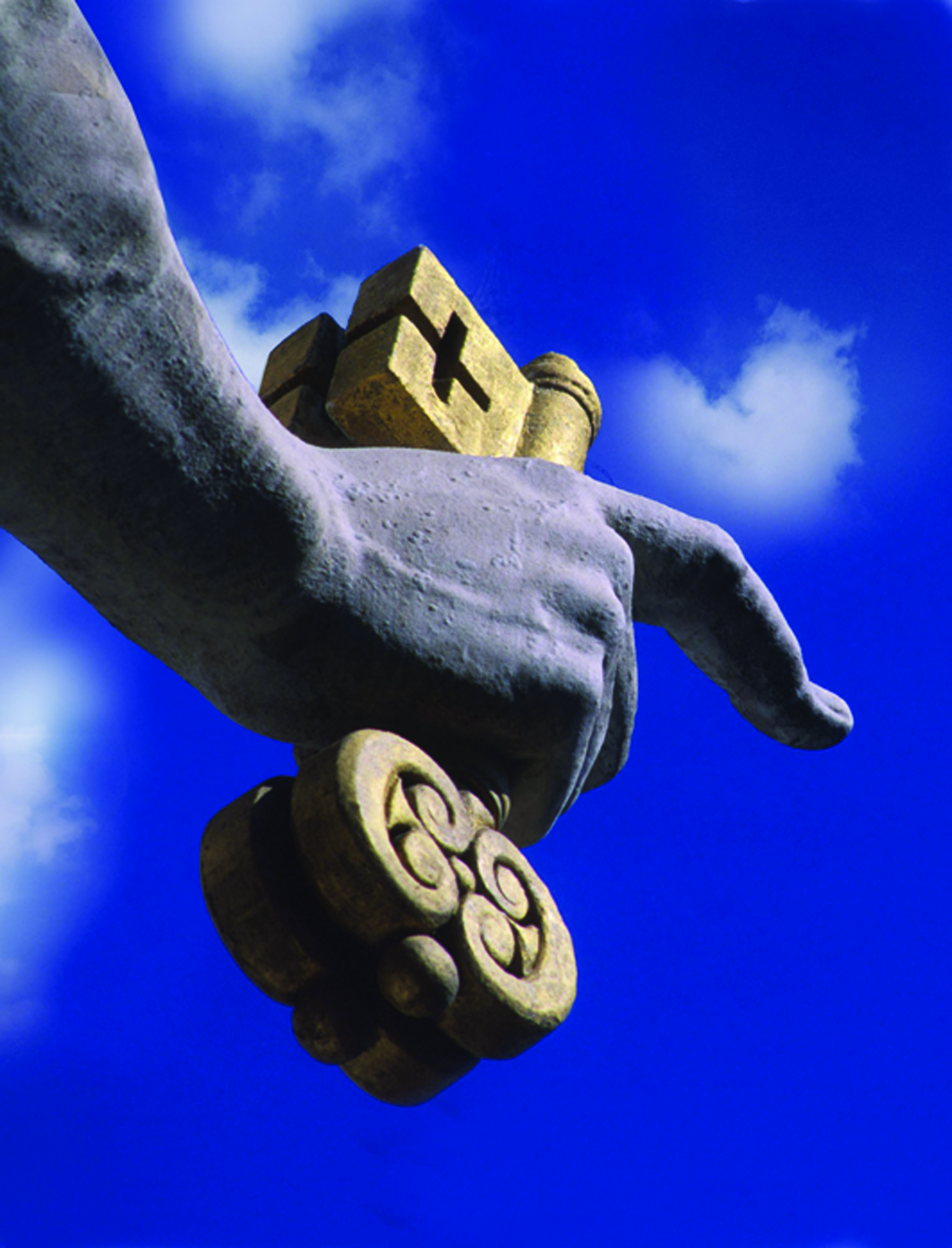

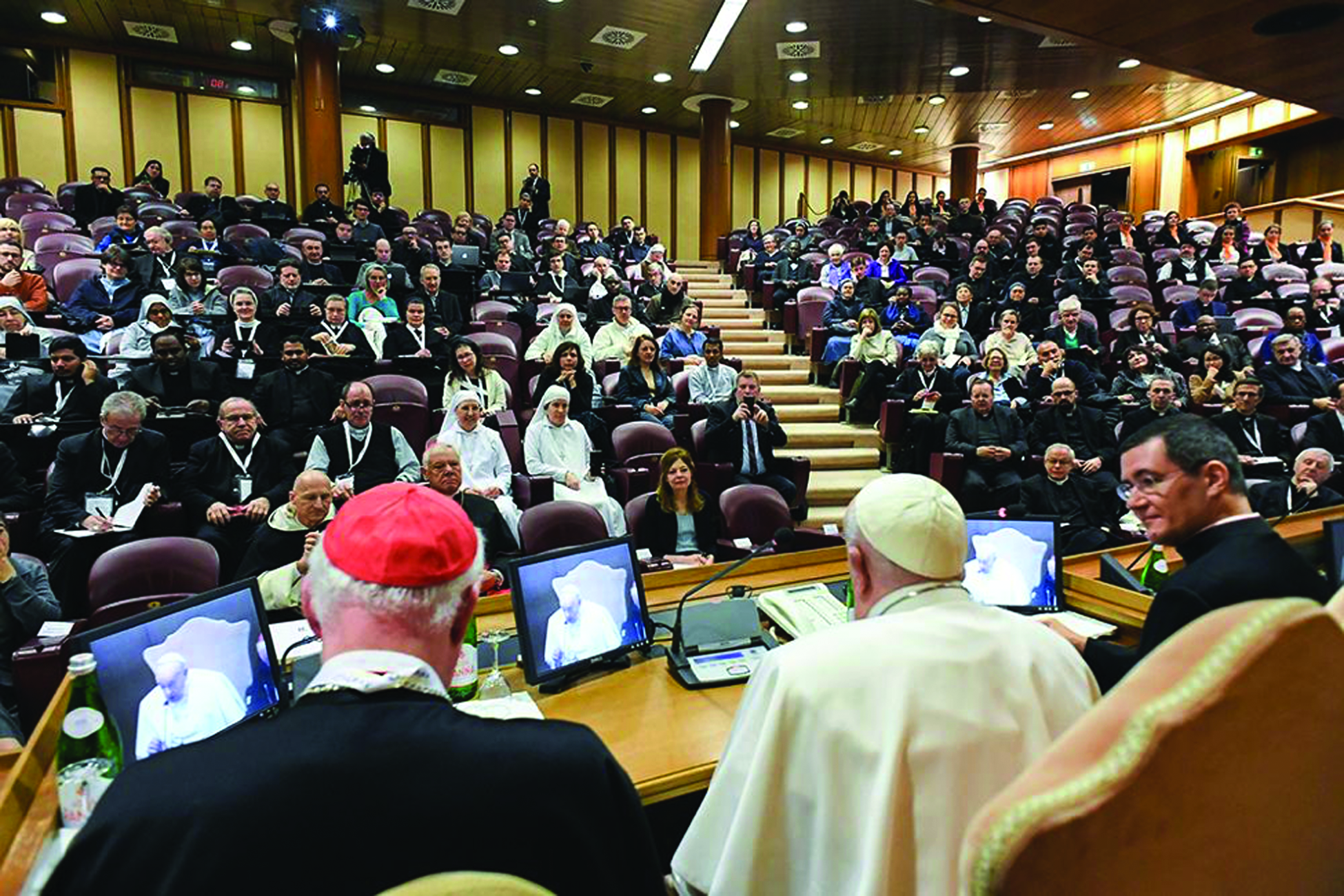
Facebook Comments